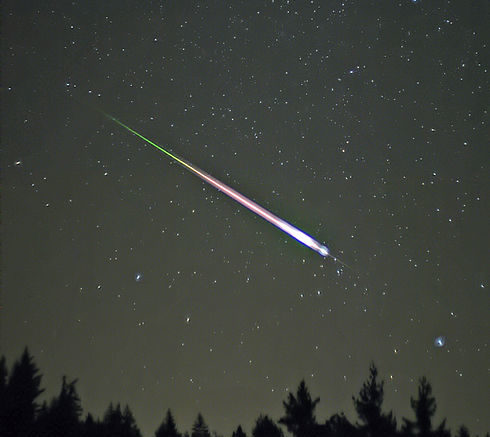With over 190 confirmed impact craters having hit Earth, there are a plethora of interesting discoveries! A good example of this being that scientists can roughly determine the age of an impact based upon the size of the crater.
Impact craters less than ten thousand years old typically have a diameter of around 330 feet. Almost all craters between 10,000 and 1 million year in age are less than 2.4 miles in diameter. For craters ages between 1 and 10 million years ago, they have a diameter of 3 miles or more. Craters with diameter 12 miles or more are all older than 10 million years ago. Knowing this, looking at the 5 largest impact craters will probably be very large and very old!
Vredefort
Although it has since eroded away, crater was thought to be around 100–200 miles across when it was formed, and has since eroded away. The asteroid that is thought to have been the source of the impact is thought to be 6 – 9 miles in diameter. The remaining structure, which forms the underlying bedrock, is located in present-day Free State province of South Africa. It is named after the town of Vredefort, which is near the center of the crater. The crater is thought to have been formed around 2 billion years ago.
Chicxulub
Chicxulub is an impact crater buried underneath the Yucatán Peninsula in Mexico that was formed slightly over 66 million years ago. The crater is a result of an impact with an asteroid of about 6 miles in diameter, with the crater being estimated to be 110 miles in diameter and 12 miles in depth. It is the only impact crater whose peak ring is intact and directly accessible for scientific research. It is now widely accepted that the resulting devastation and climate disruption was the cause of the Cretaceous–Paleogene extinction event, a mass extinction of 75% of plant and animal species on Earth, including all non-avian dinosaurs.
Sudbury
Currently a major geological structure in Ontario, Canada, the Sudbury crater was formed 1.849 billion years ago in the Paleoproterozoic era. The site is in the Canadian Shield, located in the city of Greater Sudbury, Ontario. The city erected a plaque commemorating the impact. A fun fact about this impact crater site is that NASA used it to train the Apollo 15, 16, and 17 astronauts in recognizing rocks formed as the result of a very large impact.
Popigai
The Popigai impact structure is the eroded remnant of an impact crater in northern Siberia, Russia. It is tied with the Manicouagan structure as the fourth largest verified impact structure on Earth. A large bolide impact created the 62 mile diameter crater approximately 35 million years ago during the late Eocene epoch. It might be linked to the Eocene–Oligocene extinction event that occurred 33.9 and 33.4 million years ago. During that event, there was large-scale extinction and floral and faunal turnover.
Manicouagan
Currently this is an annular lake in central Quebec, Canada, covering an area of 750 square miles, with the lake island at the center known as René-Levasseur Island. The highest point is Mount Babel. The structure was created roughly 214 million years ago, in the Late Triassic, by the impact of a meteorite 3 miles in diameter. The lake and island are clearly seen from space and are sometimes called the “eye of Quebec.”
For other Top 5 articles like this, check out the articles we have. Connect with us on our social media such as Twitter and Instagram to stay up to date on new articles, events, and more.

Be the first to comment on "Top 5 Largest Impact Craters On Earth"